
General Idea
Harbin
Located in the northeastern part of China, Heilongjiang Province boast rich tourist resources due to its extraordinary geographical feature and climate conditions. Endowed with many wonderful scenic spots, including the Greater and Lesser Hinggan Mountains, the Sanjiang Plain, the immense marshland, the vast sea of forest, mysterious border lakes, the five linked lakes formed by volcanic eruptions, the Jingpo Lake, ruins the the Jin-Dynasty culture and the site of Bohai Kingdom, Heilongjiang Province has become now one the world-known tourist destinaions in China.
There are a variety of special interest tours catering for tourists such as the ice and snow tour, the forest tour, the summer resort tour, and the border town tour. With the successful construction of sevearl expressway networks, there appear some fast and convenient routes for the tourists from hojme and abroad. For instance, the O-shaped toute with Harbin as its center; the K-shape route connecting Mudanjiang, Jiamusi, Yichun, Heiher and Greater Hinggan Mountains with Daqing and Qiqihar; the L-shaped route linking all tourist attraction together along the China-Russia border river.
On the basis of the special tours developed over the previous years, a series of brand-new forms tourist activities have emerged nowadays to meet the demand of tourists. With the ecological tour as a key product, they are the city sightseeing tour, border tour and ethnic culture tour desighed to make all tourists enjoy the exotic as well as the beauty of great nature.
Geography and Climate
Geography: Harbin is located in southern Heilongjiang, on the southeastern edge of the Songnen Plain. The city centre also sits on the southern bank of the middle Songhua River. As the prefecture is rather large, its latitude ranges from 44°04′-46°40′, the longitude 125°42′-130°10. Neighbouring prefectures are Yichun to the north, Jiamusi and Qitaihe to the northeast, Mudanjiang to the southeast, Daqing to the west,and Suihua to the northwest. In the southwest is Jilin Province. The terrain of the city is generally flat, with an average elevation of around 150 meters.
 Population: The population of Harbin is 9,353,200 (2010).
Population: The population of Harbin is 9,353,200 (2010).
Administrative Division: The sub-provincial city of Harbin has direct jurisdiction over 8 districts, 3 county-level cities and 7 Counties. On August 15, 2006, Dongli District merged with Xiangfang District.
Climate & Weather Briefing
With little rainfall, the temperature of Harbin in spring (March-May) is changeable from month to month. Summer from June to August has plenty of rainfall, and as such Harbin is not as hot as the other cities of inland China. The measurable highest temperature is just 22.3C (72F) on average, which occurs in July. So, it is the best time for you to visit here and escape the hot summer. During the transition from Summer to Winter, Autumn (September to October) in Harbin has little rainfall and a fluctuating temperature; it is also windy. Harbin in Winter (November to February) is the coldest city of China, yet it is also one of the most attractive, and consequently, this is the popular tourist season in Harbin, with ice and snow concentrated from December to January, which is the coldest month of the year, with an average high temperature at -13°C and an average low at -25°C.
Harbin is at the same latitude as Montreal, Canada.
Climate Data Table for Harbin
Month Item | Jan | Feb | Mar | Apr | May | Jun | Jul | Aug | Sep | Oct | Nov | Dec |
maximum | -13.4 | -8.1 | 1.13 | 12.6 | 21.6 | 26.1 | 28.3 | 26.7 | 20.2 | 12.7 | -0.7 | -10.1 |
minimum | -26.0 | -21.3 | -11.6 | -0.62 | 7.1 | 14.1 | 18.2 | 16.5 | 8.6 | -0.2 | -11.5 | -20.7 |
Rainfall (mm) | 8.2 | 5.6 | 10.2 | 18.0 | 40.2 | 84.6 | 143.8 | 121.1 | 58.6 | 31.3 | 10.8 | 6 |
Days of rainfall | 0.25 | 0.4 | 0.7 | 0.8 | 1.4 | 3.9 | 4.8 | 3.9 | 2.1 | 1.0 | 0.6 | 0.2 |
History
Harbin itself does not have a long history as a city unlike most other Chinese cities. The area had fishing villages until the Russians started to build a railroad into this area in 1897. The Russians wanted a shortcut through this area. In 1896, the Qing Empire granted a construction concession to Russia to construct the Chinese Eastern Railway in northern Inner Manchuria. Then the Russians built a town to house the personnel who were helping to build the railroad. When the railroad was opened in 1901, railroad personnel lived in the town. The residents included many Russian Jews who escaped to this area during the Russian pogroms. After that, many thousands of other Jews settled there, and they took a leading role in building the new city’s buildings, businesses and schools. A record shows that Harbin had a total of about 70,000 people about the year 1913 who were mostly Russian, but many people of dozens of other nationalities lived there as well. During the 1910s and 1920s, about 150,000 Russians moved there to escape from Russia, and there was an attempt by White Russians to make the city a base in the eastern area of Russia. Thousands of Jews and other people moved there to escape the Fascists in Europe during the 1930s and 1940s.
The hundreds of thousands of Europeans who settled there left for various reasons during the 1930s, during the Japanese invasion, and afterwards. Japanese troops occupied Harbin in 1932, and the former Soviet Union sold the Chinese Eastern Railway to the Japanese. There was an exodus of Russians to the former Soviet Union and other places. During an occupation of Harbin by the Soviet Army from August 1945 to April 1946, thousands of Russians who fled the former Soviet Union were forced back. Other Russians and the Europeans who lived there moved back to their own countries or to the USA, Australia, Brazil or Israel.
At St. Sofia Orthodox Church, visitors can view some precious old photos of Harbin's past.
At Heilongjiang Provincial Museum, visitors can see lots of relics of Harbin history.
- Contact Us
-
Tel:
0086-571-88165708
0086-571-88165512E-mail:
admission@cuecc.com
- About Us
- Who We Are What we do Why CUECC How to Apply
- Address
- Study in China TESOL in China
Hangzhou Jiaoyu Science and Technology Co.LTD.
Copyright 2003-2024, All rights reserved





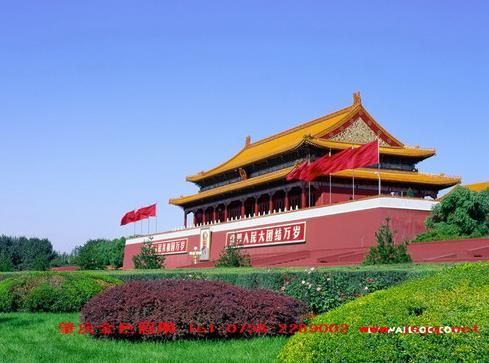
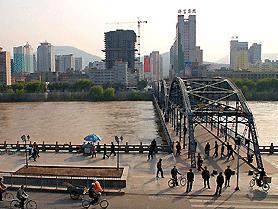
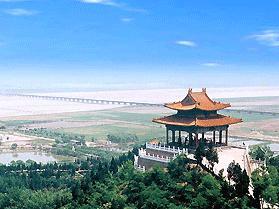
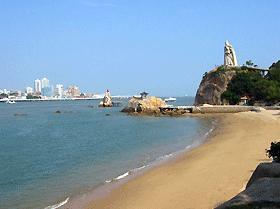
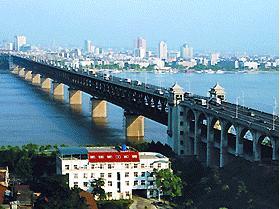
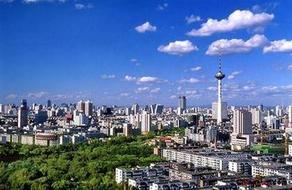
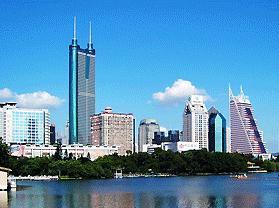
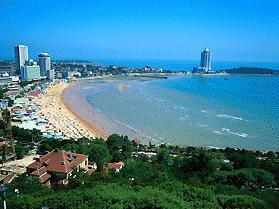

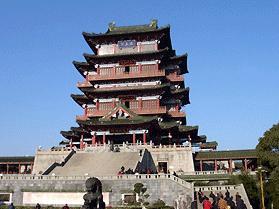
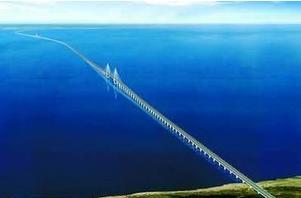
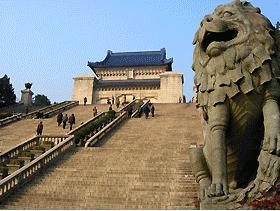
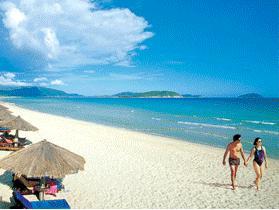
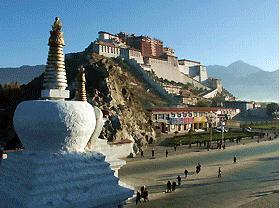
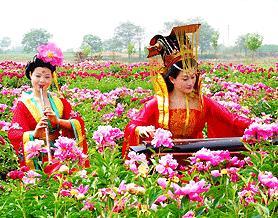
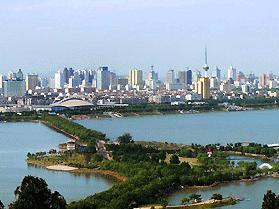
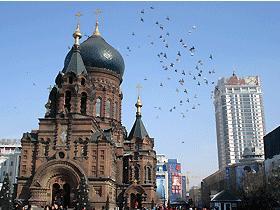
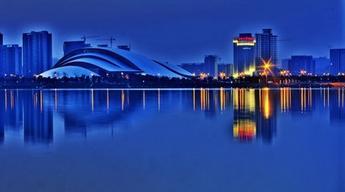
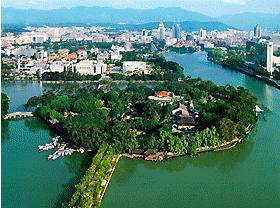
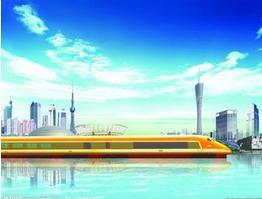

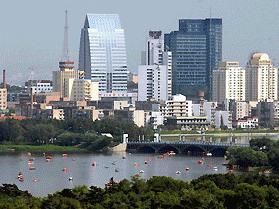
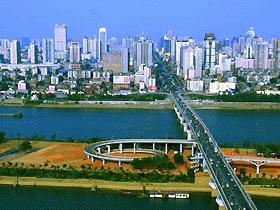
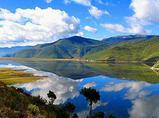


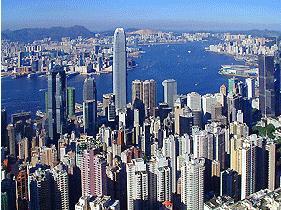
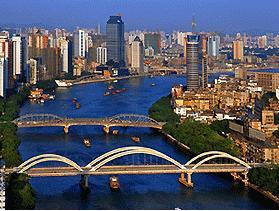
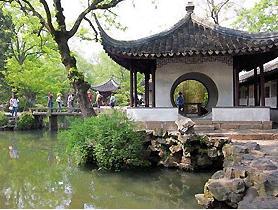

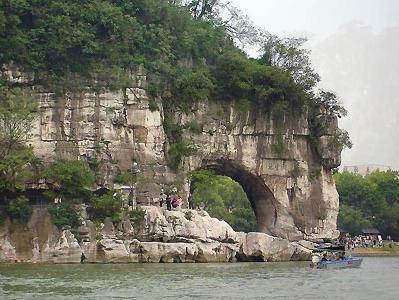
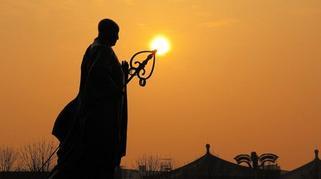
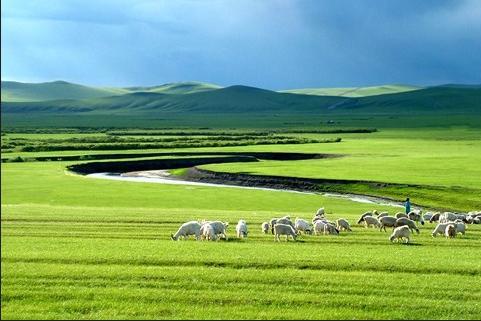
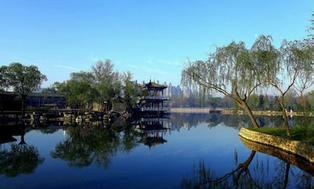
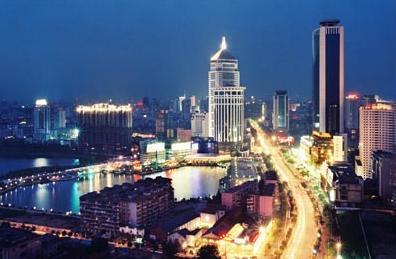
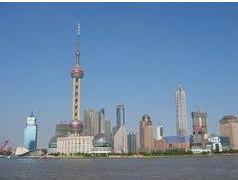
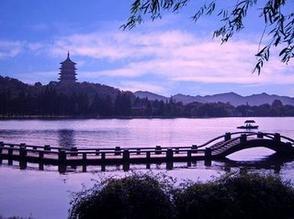

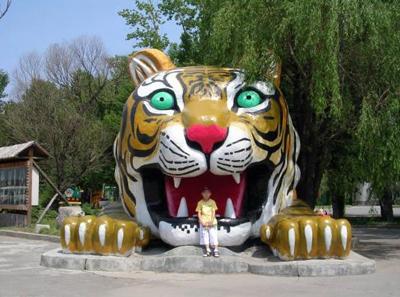
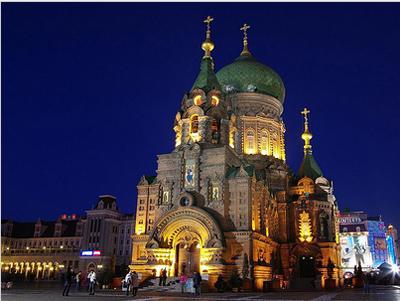
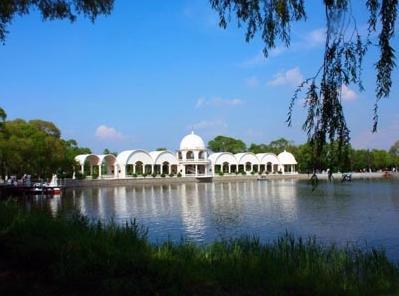

 Chinese
Chinese
 English
English
 Korean
Korean
 Japanese
Japanese
 French
French
 Russian
Russian
 Vietnamese
Vietnamese
